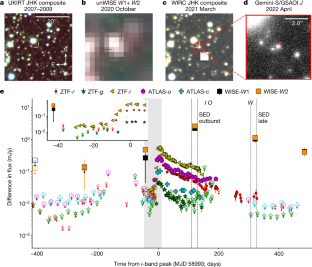2023-05-03 カリフォルニア工科大学(Caltech)
◆火星からの物質を地球にもたらすのは、このような火星隕石が唯一の手段であるため、科学者たちは数十年にわたって火星隕石が地球に到達する火星の衝突イベントをモデリングし続けてきました。
◆新しい研究では、火星の岩石を実験室で打ち砕き、岩石が受ける圧力の種類を観察することにより、火星岩石を宇宙空間に放出するために必要な圧力は、以前に考えられていたよりも低いことが示されています。
<関連情報>
- https://www.caltech.edu/about/news/the-mysterious-origins-of-martian-meteorites
- https://www.science.org/doi/10.1126/sciadv.adf2906
火星からのシェルゴッタイト隕石の低圧放出は、衝撃で回復したマスケリナイトが示している Shock-recovered maskelynite indicates low-pressure ejection of shergottites from Mars
Jinping Hu,Paul D. Asimow,Yang Liu and Chi Ma
Science Advances Published:3 May 2023
DOI:https://doi.org/10.1126/sciadv.adf2906

Abstract
Diaplectic feldspathic glass, commonly known as maskelynite, is a widely used impact indicator, notably for shergottites, whose shock conditions are keys to their geochemistry and launch mechanism. However, classic reverberating shock recovery experiments show maskelynitization at higher shock pressures (>30 gigapascals) than the stability field of the high-pressure minerals found in many shergottites (15 to 25 gigapascals). Most likely, differences between experimental loading paths and those appropriate for martian impacts have created this ambiguity in shergottite shock histories. Shock reverberation yields lower temperature and deviatoric stress than single-shock planetary impacts at equivalent pressure. We report the Hugoniot equation of state of a martian analog basalt and single-shock recovery experiments, indicating partial-to-complete maskelynitization at 17 to 22 gigapascals, consistent with the high-pressure minerals in maskelynitized shergottites. This pressure explains the presence of intact magmatic accessory minerals, used for geochronology in shergottites, and offers a new pressure-time profile for modeling shergottite launch, likely requiring greater origin depth.



